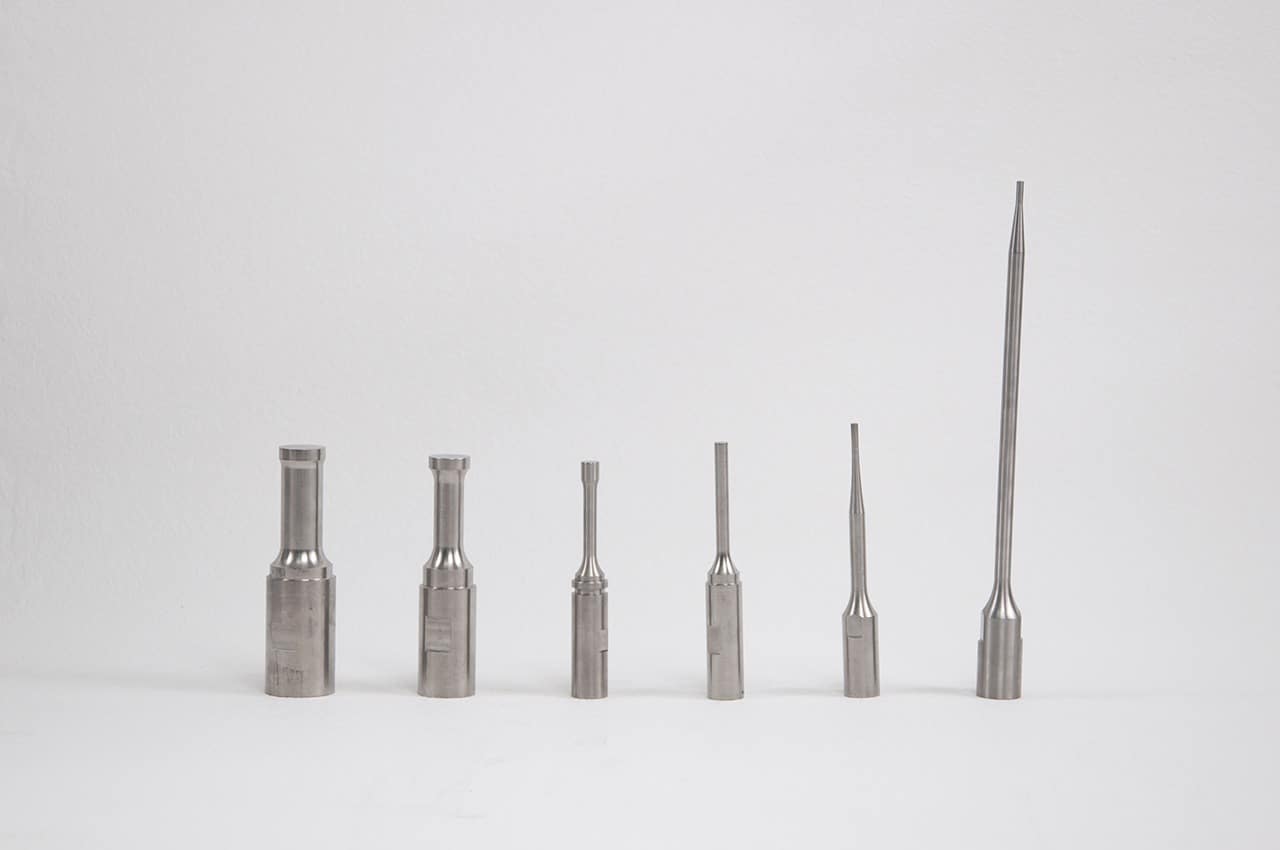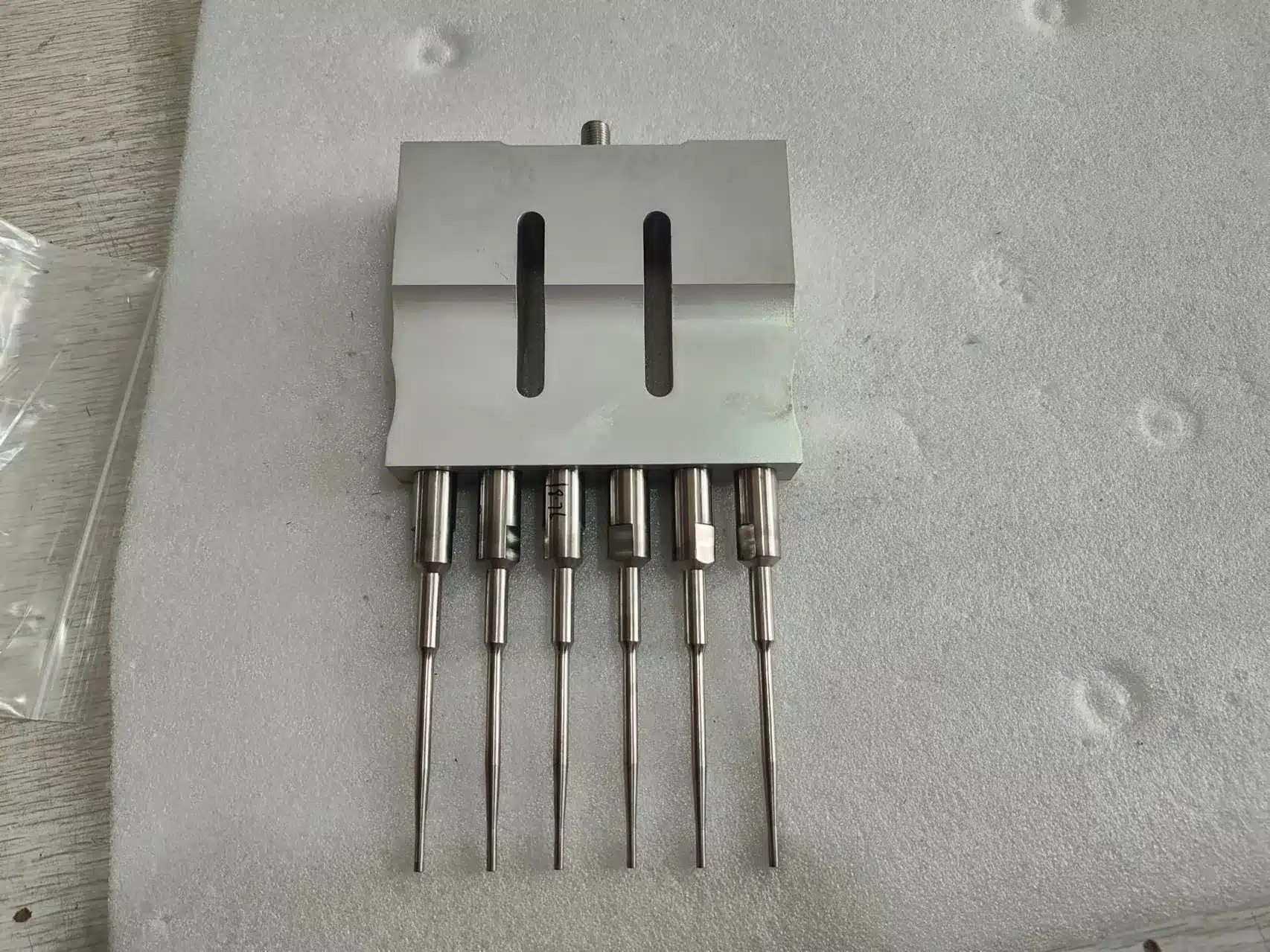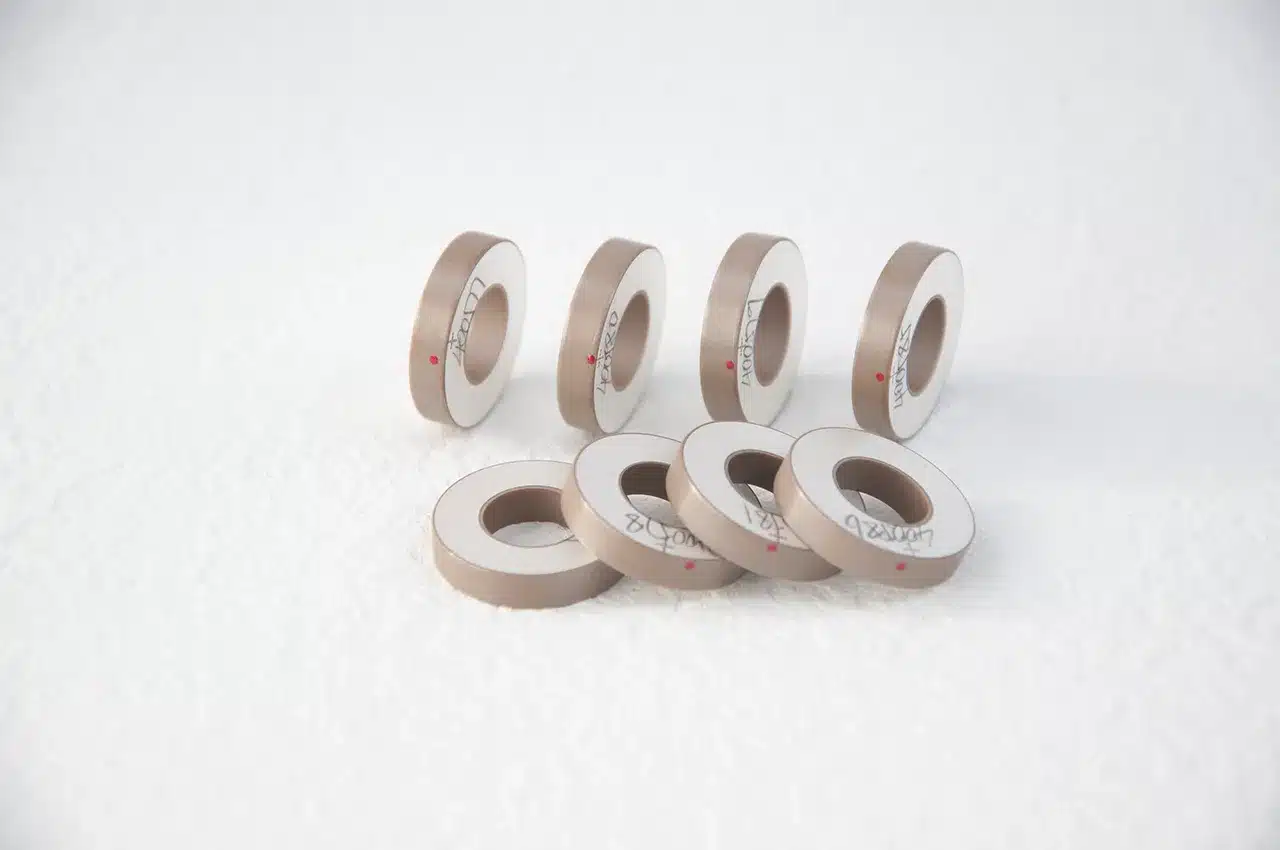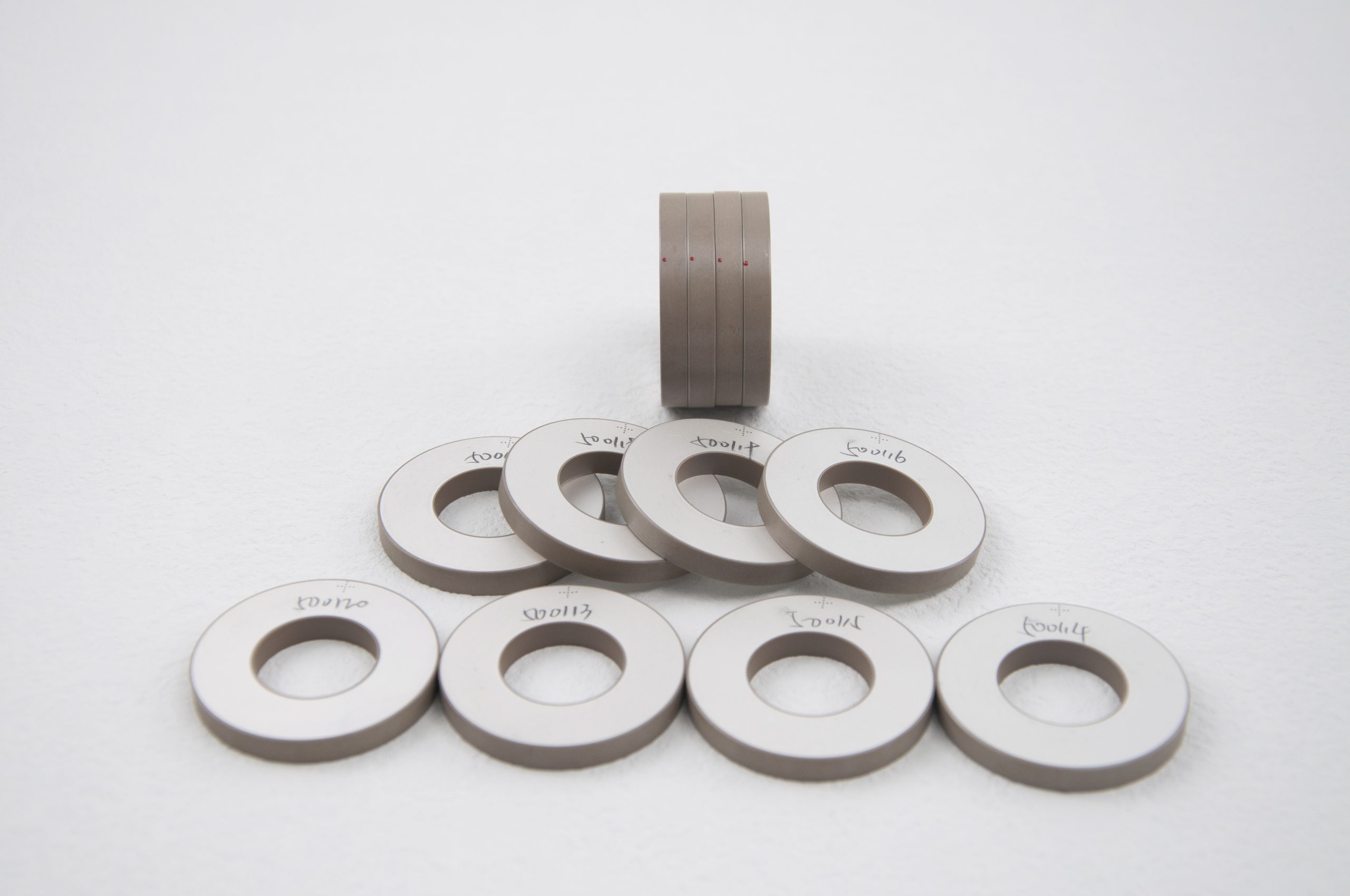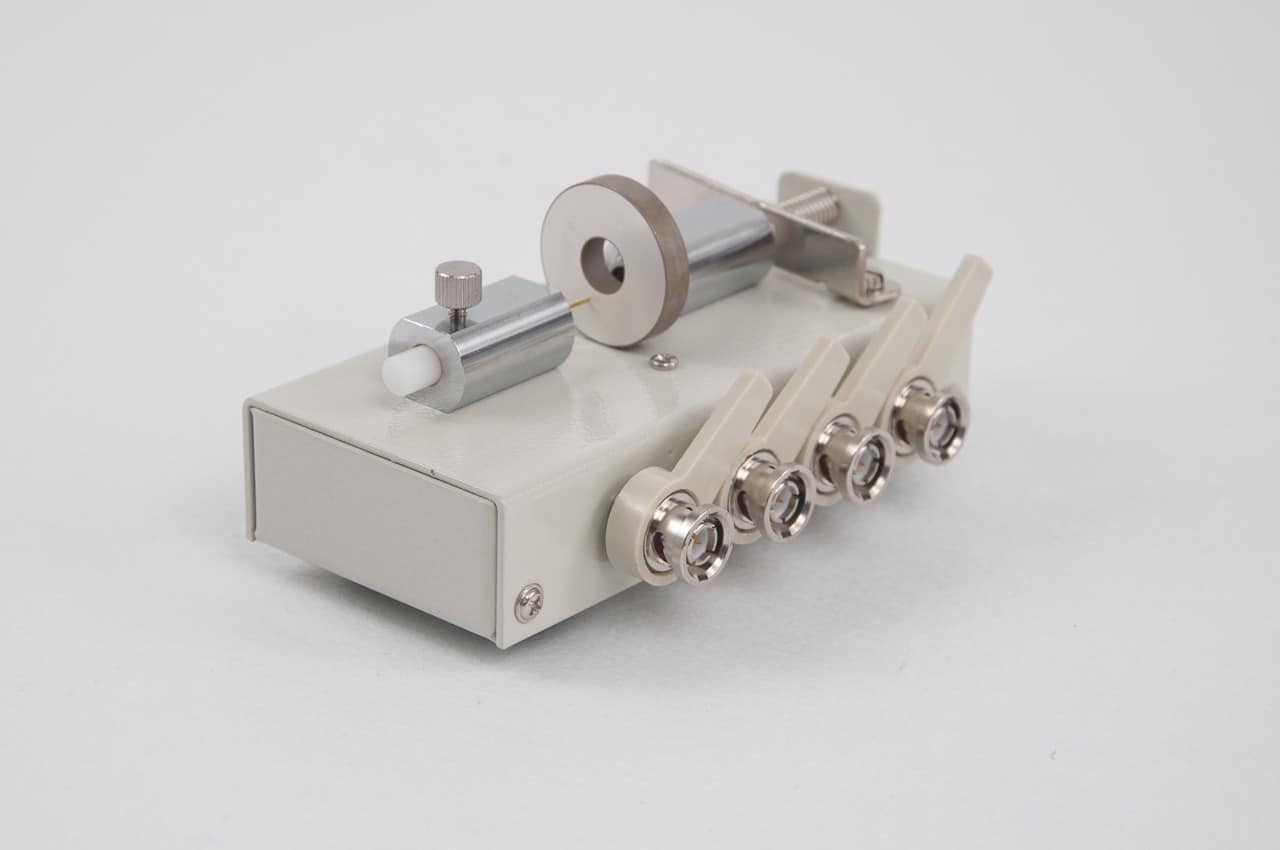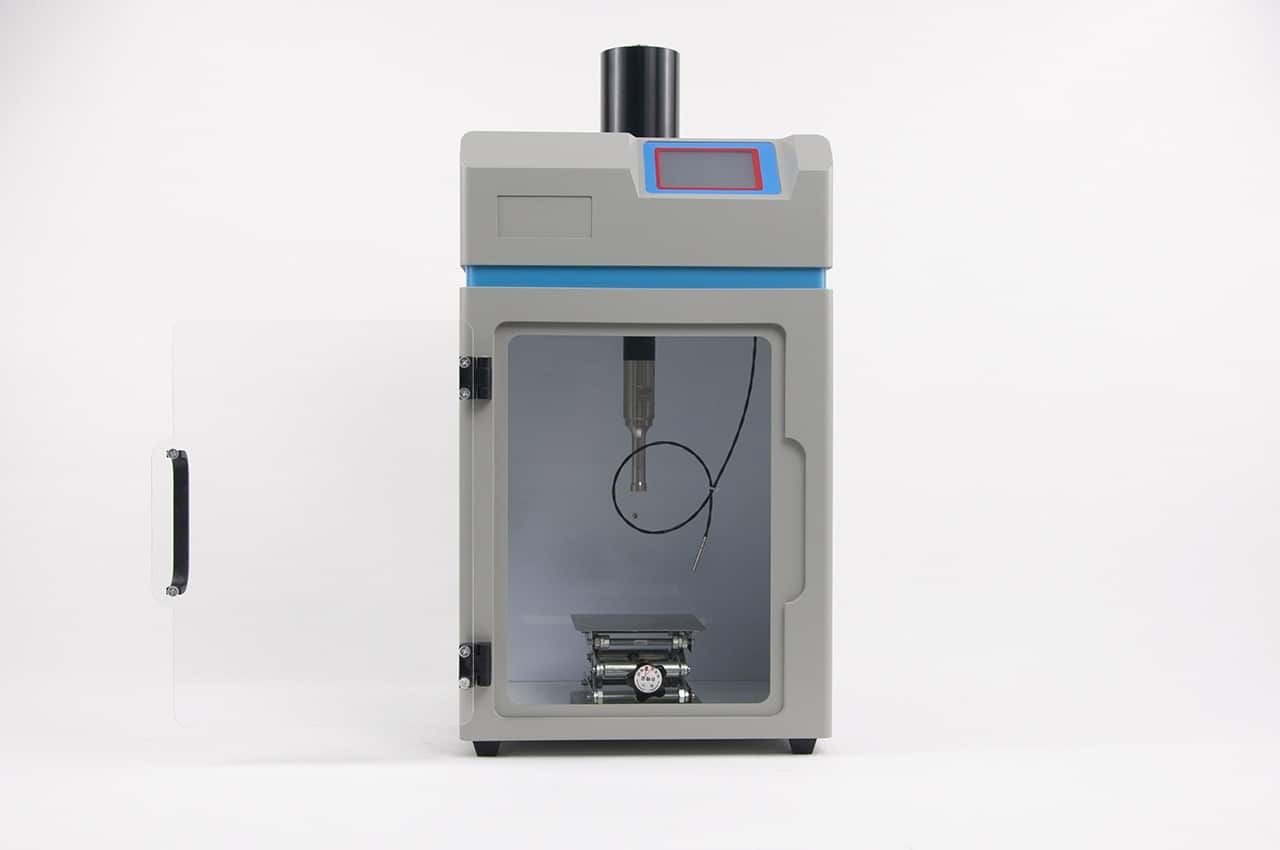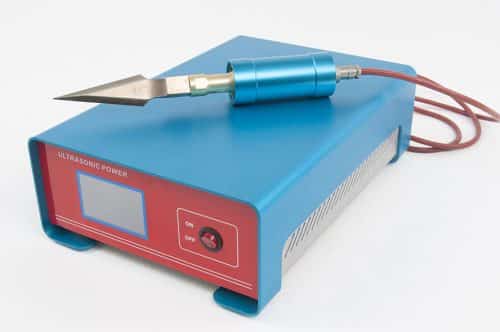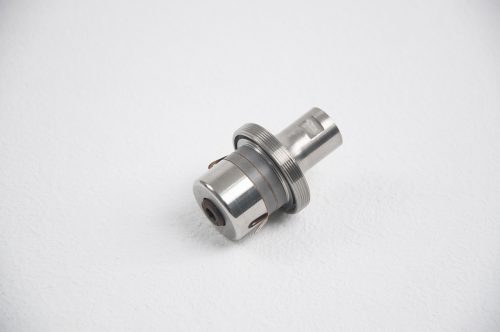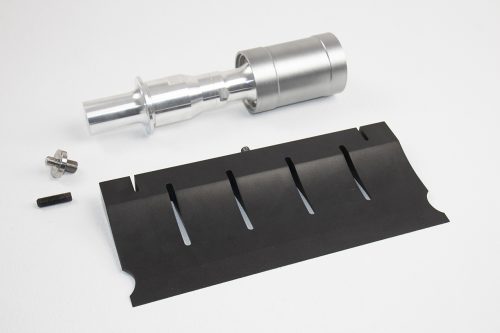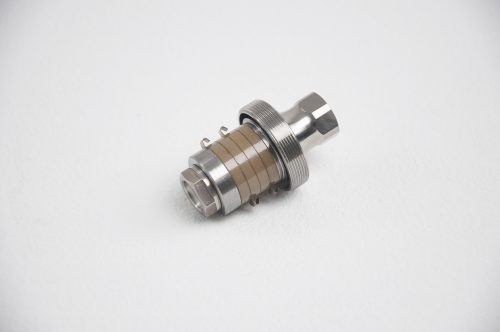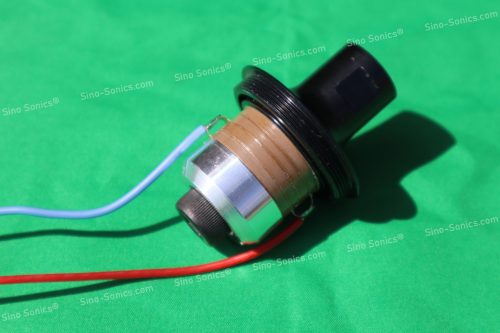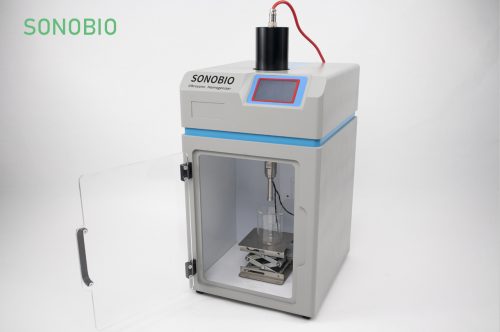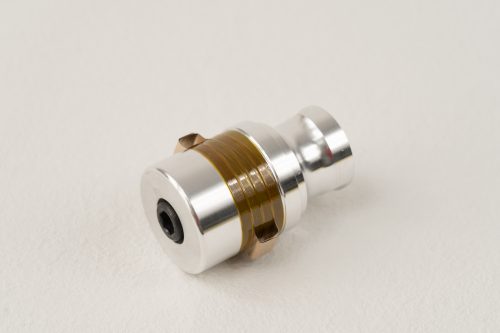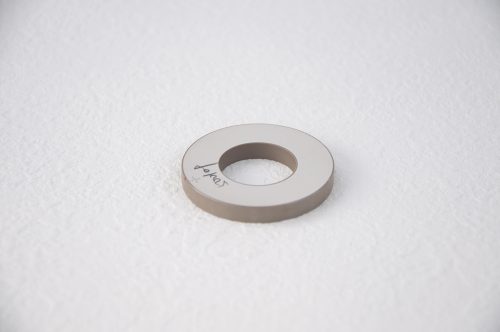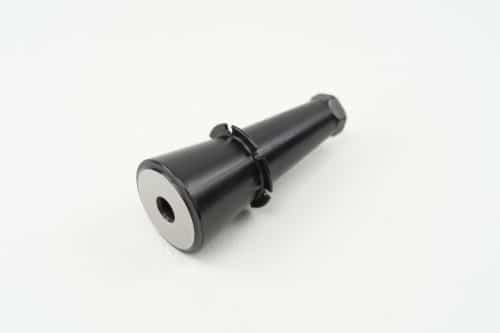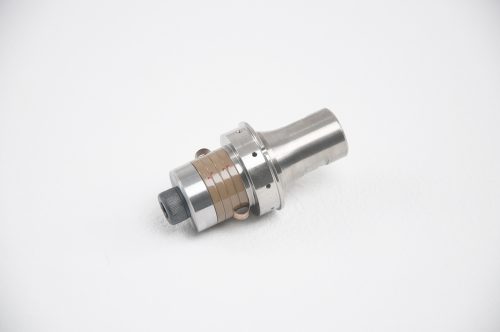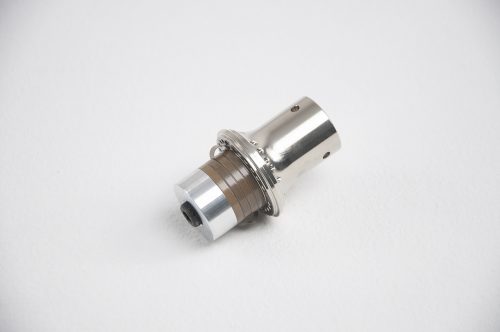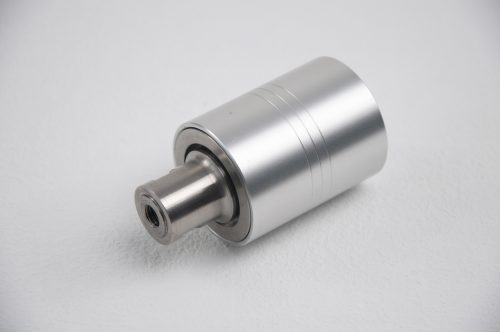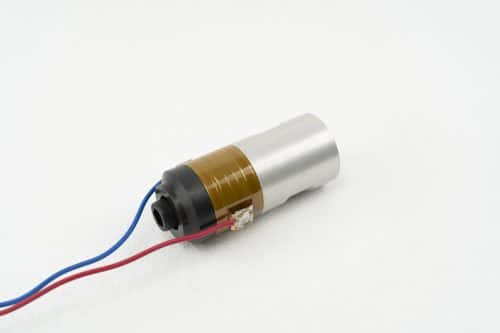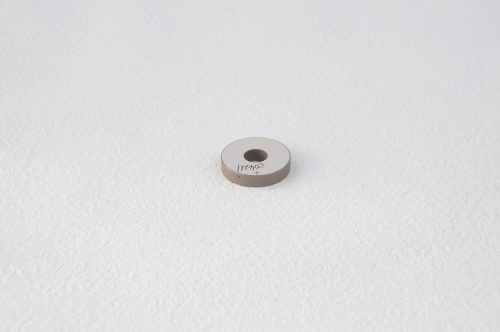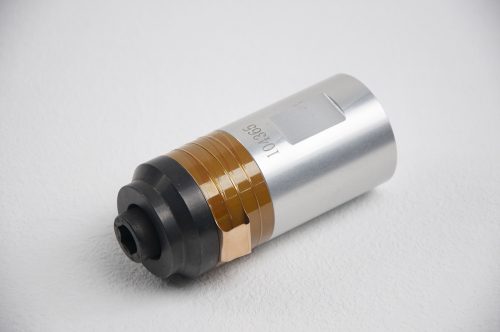Summary: Ultrasonic sensors use electrical energy and a ceramic transducer to emit and receive mechanical energy in the form of sound waves. Sound waves are essentially pressure waves that travel through solids, liquids and gases and can be used in industrial applications to measure distance or detect the presence or absence of targets. This Q&A answers some common questions about ultrasonic sensors, theory, and terminology.
Ultrasonic sensors are industrial control devices that use sound waves above 20,000 Hz, beyond the range of human hearing, to measure and calculate distance from the sensor to a specified target object.
The sensor has a ceramic transducer that vibrates when electrical energy is applied to it. The vibrations compress and expand air molecules in waves from the sensor face to a target object. A transducer both transmits and receives sound. The ultrasonic sensor will measure distance by emitting a sound wave and then “listening” for a set period of time, allowing for the return echo of the sound wave bouncing off the target, before retransmitting.
Because ultrasonic sensors use sound rather than light for detection, they work in applications where photoelectric sensors may not. Ultrasonic sensors are a great solution for clear object detection and for liquid level measurement, applications that photoelectric sensors struggle with because of target translucence. Target color and/or reflectivity don’t affect ultrasonic sensors which can operate reliably in high-glare environments.
Ultrasonic sensors offer advantages when sensing clear objects, liquid level or highly reflective or metallic surfaces. Ultrasonic sensors also function well in wet environments where as an optical beam may refract off the water droplets. However, ultrasonic sensors are susceptible to temperature fluctuations or wind. With optical sensors, you can also have a small spot size, fast response and in some instances, you can project a visible spot on a target to help with sensor alignment.
Any acoustic noise at the frequency to which the ultrasonic sensor is receptive, may interfere with that sensor’s output. This includes high-pitched noises such as those created by a whistle, the hissing of relief valves, compressed air or pneumatic devices. You might also get acoustical crosstalk by locating two ultrasonic sensors of the same frequency close together. Another kind of noise, electrical noise, is not exclusive to ultrasonic sensors.
Temperature fluctuation affects the speed of an ultrasonic sensor’s sound waves. As temperature increases, the sound waves travel faster to and from the target. While the target may not have shifted, it will seem to the sensor that the target is closer. Air currents due to pneumatic equipment or fans may also deflect or disturb the path of the ultrasonic wave. This could lead a sensor to fail to recognize the correct location of a target.
The ultrasonic sensor should not be configured or operated until it has had a chance to warm up. When a sensor is first powered up, the individual components heat up and also heat the surrounding space and components. This fluctuation in temperature from a cold start to the operating temperature is called “Warm-Up Drift.” Until all components have stabilized at the correct operating temperature, the accuracy of your measurements may be affected.
A dead zone refers to the area directly in front of the transducer face where the sensor cannot reliably make measurements. This is due to a phenomenon called ringing. Ringing is the continued vibration of the transducer after the excitation pulse. The energy must dissipate before the transducer can listen for a return echo. Make sure to locate your target outside of the specified dead zone of your ultrasonic sensor.
Yes. The speed of sound is considerably slower than the speed of light, therefore an ultrasonic sensor, by its very nature, will be slower than an optical sensor.
The best targets for use with an ultrasonic sensor are large, flat, solid surfaces of materials such as metal, ceramic, glass or wood. Placement should always be perpendicular to the sensor. Soft or irregular surface targets, such as pellets, sawdust or foam should be avoided.
Teach the sensor the “background” as your good condition. By teaching an ultrasonically reflective background surface as the good condition, any object getting between the sensor and the background will be detected, therefore causing the output to switch.
For more information about ultrasonic sensors, contact one of our experts or leave a messgae below to receive future updates.

